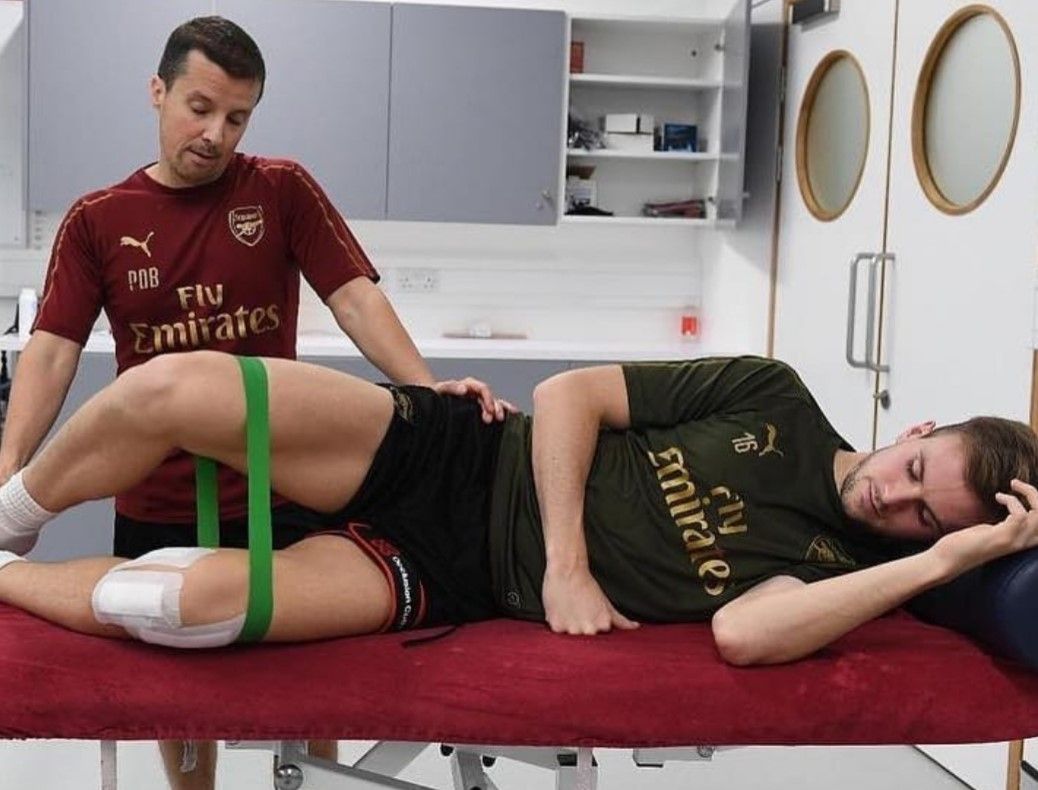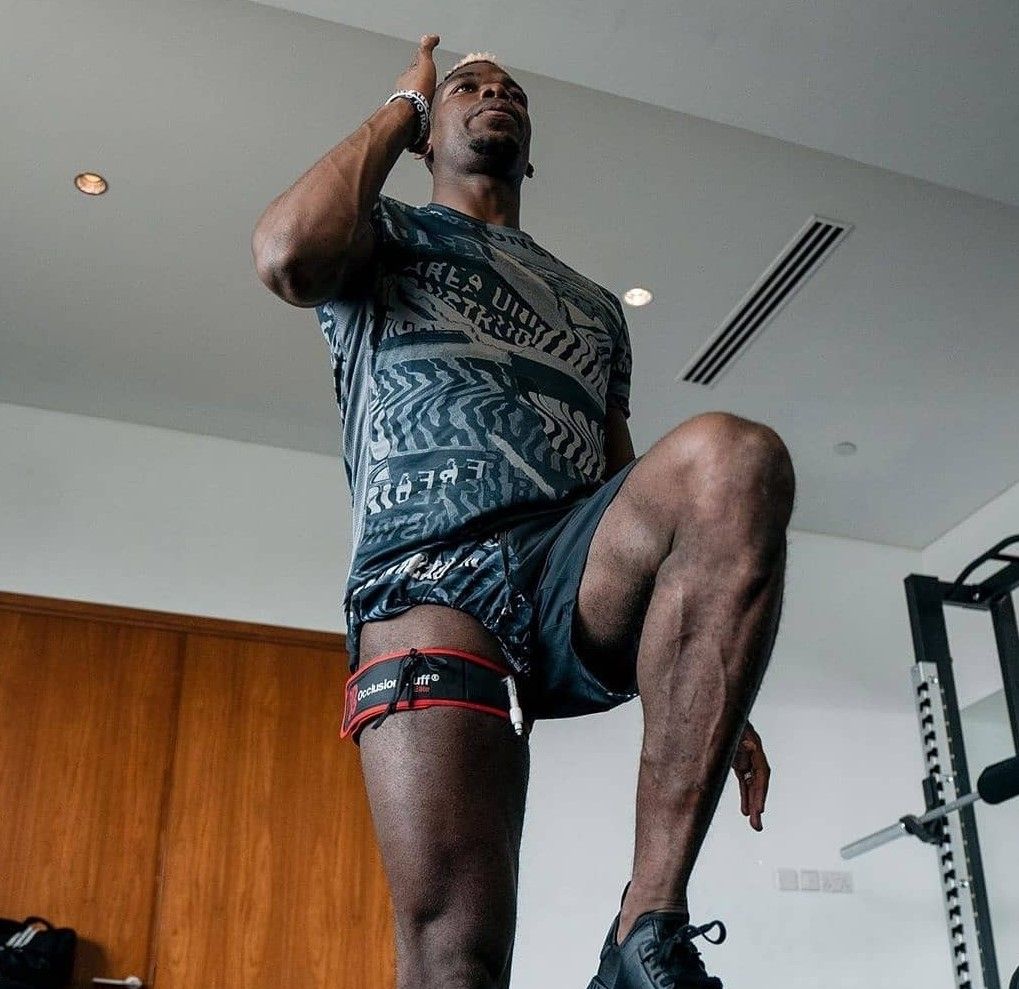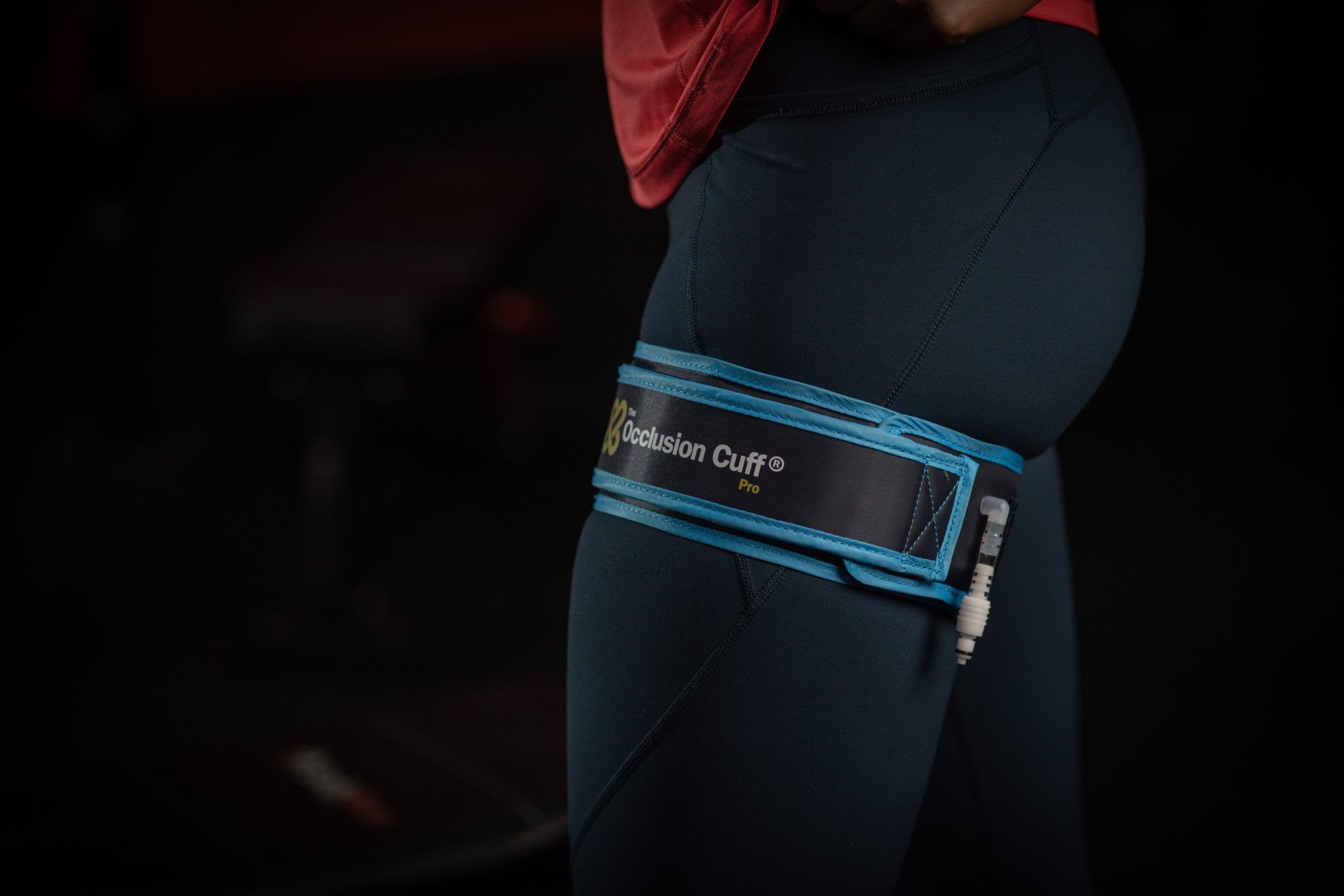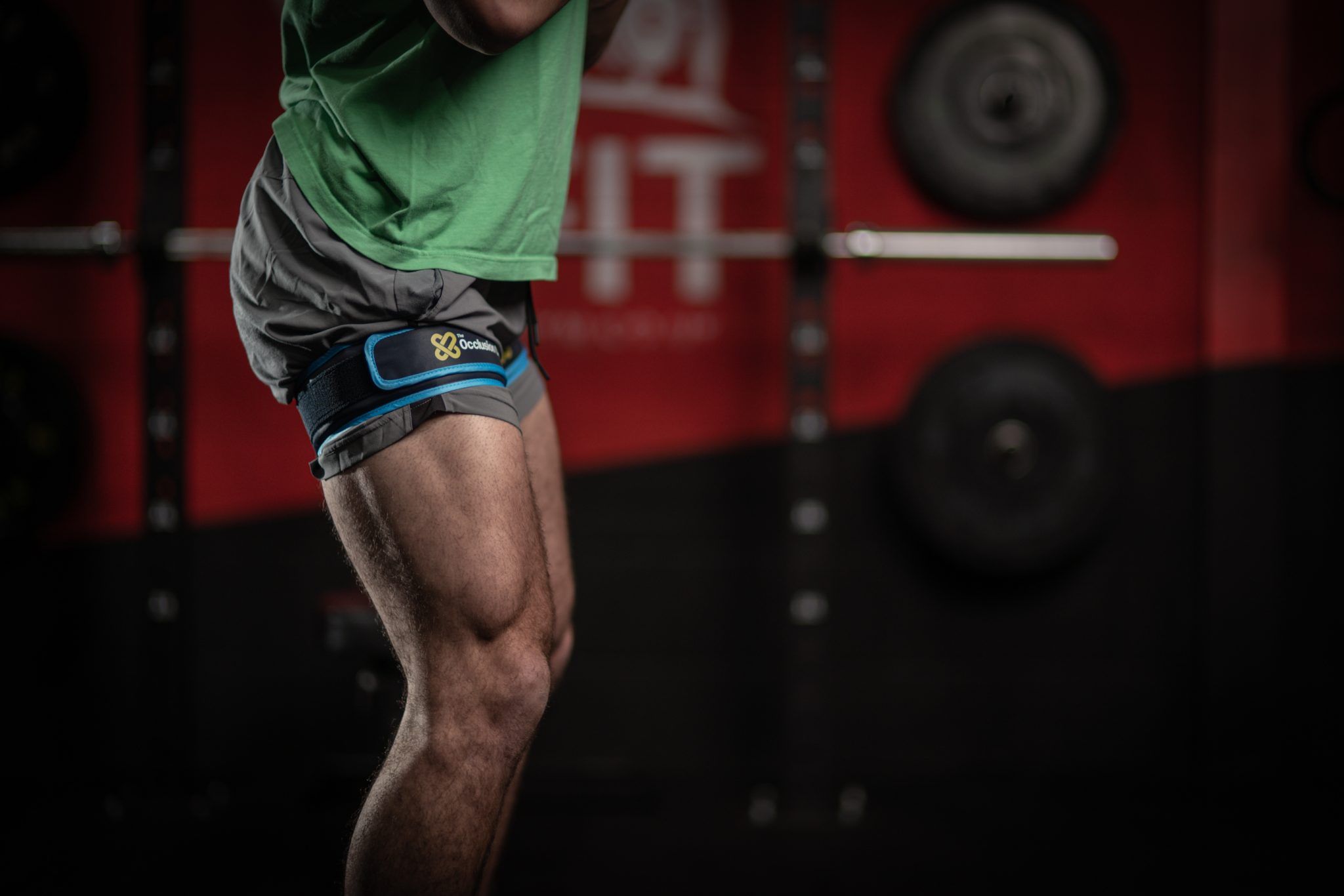“This is now changing how we think about things.”
Lorcan McGee is a physiotherapist from Monaghan who was working at the Birmingham Royal Ballet, helping dancers with their recovery.
One dancer he had treated was coming back from a serious knee injury, and although he was getting her so far, when the resistance was really ramped up, she would break down again.
McGee was getting frustrated, the dancer was frustrated, and they were searching for different options to try when he learned about a specific technique that a Chinese monk would do.
The monk would meditate for hours, moving up and down in certain positions, and started to soon realise his legs were getting stronger – but there was very little science behind it back then.
As the Emyvale native learned more about this method, which is known as occlusion training, his first priority was ensuring that it was safe, and then setting out to try and maximise the benefits of this technique.
The end product is The Occlusion Cuff, a device that is being used by Olympians, rugby players, NBA stars and even Premier League football clubs.
“Normally we would have to lift heavy to get stronger, but this is now changing how we think about things,” said McGee.
“There are a lot of people who don’t have the equipment, especially during lockdown, or the time to go to a gym, so you just pop these on your arms or legs, and you will get the same benefits as though you were training at high intensity and with heavy resistance.
“Two things are normally required to make you stronger – that’s mechanical stress and metabolic stress. Mechanical stress is when you lift something really heavy, while metabolic stress is to do with your hormones.
“If you put these cuffs on your arms, then although the weight you’re lifting is actually reduced, the metabolic demand will go through the roof.
“So things like lactate, human growth hormone, all of these things that help you get stronger will go through the roof. This brings you to a fatigued state a lot quicker, so it plays games with the body.
“If you don’t have the equipment, the time, or maybe you are going through a de-load period in your training so you can recover, then this allows you to do that.”
This piece of equipment can also help those who are suffering from injuries and struggling to get back to a state where they can train, or even just move freely again.
“There are other people who can’t do their usual training because of injuries or issues with their joints. Maybe they have had an ACL tear, or meniscus tears, or whatever it may be.
“People tend to get injured so they can’t train, then muscle wastage occurs, then they come back, feel pain again, and it’s just a vicious cycle.
“There are athletes around the world who are reliant on occlusion training now, most notably Conor McGregor has started using a form of it to recover from the leg break in his last fight.
“Someone like Ledley King, the former Tottenham captain would have really benefitted from these, as he was tortured with injuries and always struggled to get himself back out on the pitch.
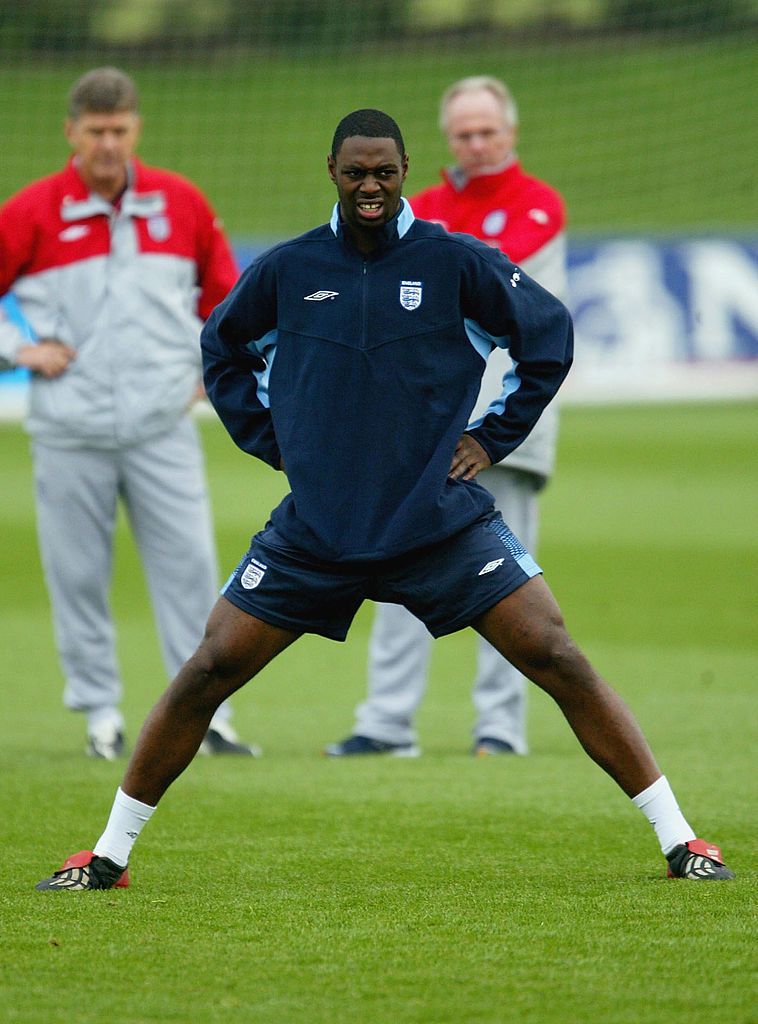 (Ledley King. Photo by Clive Rose/Getty Images)
(Ledley King. Photo by Clive Rose/Getty Images)“You always hear of older people, maybe even someone in their 50s who have bad knees, or sore joints, then all they need is the Occlusion Cuff, where they can get their resistance training done with low intensity and without lifting heavy.”
It is advised that you don’t wear The Occlusion Cuff for longer than 20 minutes per session, and that you are aiming to work at low intensity with it.
You can buy, or learn more about the product, and all of the science behind it here: The Occlusion Cuff.

